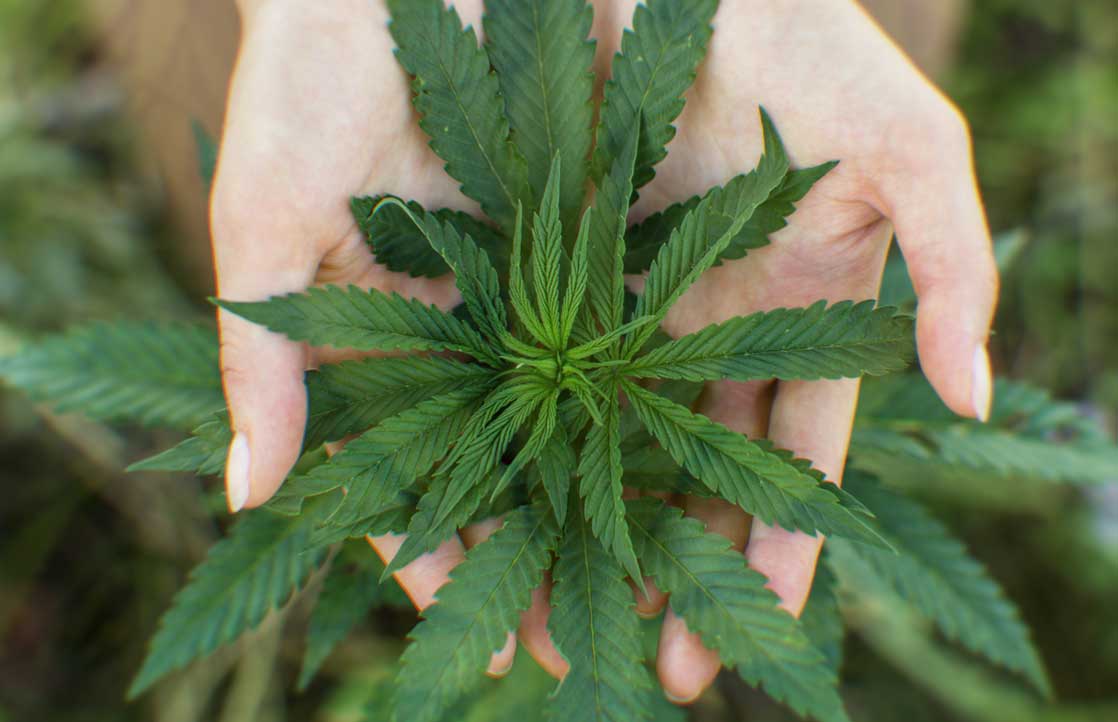Bernard Lee, a hospice and palliative care doctor in the greater New York City area, is leading the charge to educate physicians on its safe and effective use in order help alleviate the suffering of patients with chronic and terminal illness. As the Associate Chief Medical Officer at MJHS Hospice, he works with large interdisciplinary teams of hospice and palliative care professionals to provide end-of-life care to terminal patients, including the use of medical marijuana for pain and symptom management. He also sees private patients at his Scarsdale, NY office, and lectures and teaches at MJHS Institute for Innovation in Palliative Care.
He began seeing and certifying patients for medical marijuana (cannabis) in February 2016, just a month after it became legal in New York.
How did you become interested in marijuana as a palliative treatment?
I saw that for some of my patients, traditional medicines were just not effective in relieving their debilitating pain and emotional distress. I’ve always been an advocate for alternative treatments—I’m certified in medical acupuncture and HIV and cancer pain massage—so it seemed like marijuana was a logical next alternative to look into.
Who is the typical medical marijuana patient?
There is no typical patient. I was surprised at the diversity of the patient population that came to see me for medical marijuana certification. I met patients of all ages, socioeconomic groups, races/ethnicities, and levels of marijuana experience and knowledge.
What conditions have you recommended marijuana for and has it helped?
Cancer, Multiple Sclerosis, Parkinson’s Disease, Inflammatory Bowel Disease, spinal cord injury with spasticity, and neuropathy.
Marijuana seems to help with the pain, nausea, seizures, and spasticity associated with these conditions. It also helps with other kinds of pain, like emotional pain, fear, loneliness, depression, and isolation. My patients say they sleep better, have less anxiety and depression, and just feel better overall.
How do you decide how much to recommend?
When I prescribe traditional medications, I usually rely on the current best practices, research, and my experience as a doctor. But since medical marijuana is a very new area in medicine, those resources are scarce. I find that I learn a lot from cannabis pharmacists at dispensaries—sometimes they call me to discuss one of my patients or recommendations, and sometimes my patients tell me what they suggested. Patient feedback and the results I can see in my patients give me anecdotal evidence that helps me make more informed recommendations.
That said, I typically start new patients at a low dose (low THC level) for a short period of time to see how it’s working (or isn’t working) for them. Then I can raise or alter my recommendation based on whether it’s helping and the side effects.
What are some side effects of marijuana? Can you counteract them?
The main chemical components of marijuana, responsible for its medicinal properties, are the cannabinoids THC and CBD. THC is known for its tendency to make you feel high or intoxicated, while CBD is often found to produce feelings of calm and relaxation. Unpleasant side effects of THC include feeling too high or intoxicated, dizziness, disorientation, paranoia, confusion, hallucinations, or disconnectedness. CBD can counteract or modulate these side effects, so I always recommend that my patients keep a supply of CBD oil in case they need to calm or balance the side effects of THC; a few drops held under the tongue can bring relief as quickly as 15 or 20 minutes.
Does it help all patients?
I think it always has the potential to help, but for some patients, the side effects outweigh the benefits. When I recommend marijuana, I consider the patient’s experience level with marijuana and classify them as either cannabis-naive (basically non-users) or experienced (current or recent users). For some, usually cannabis-naive patients, the negative side effects are just too incapacitating and frightening so they choose to stop using it in favor of another treatment.
Is marijuana better than opioid pain medications?
The demonization of opioids seems to be a trend these days, but it’s not really opioids vs marijuana as much as finding what works best for a particular patient. It’s really a question of which one provides the most symptom relief for the person with the most manageable side effects.
| Dr. Lee sees private patients with qualifying conditions for medical marijuana certification and follow-up care at Scarsdale Integrative Family Medicine, in Scarsdale, NY. If you are interested in making an appointment with Dr. Lee, you can contact his office at 914-722-9440. |


